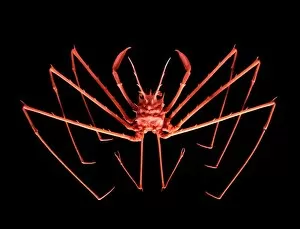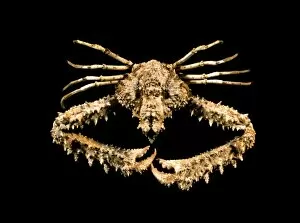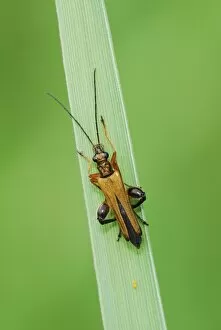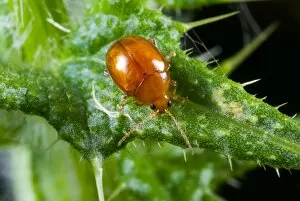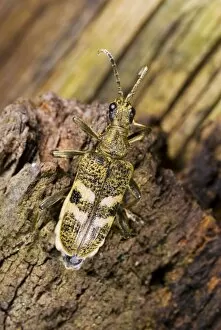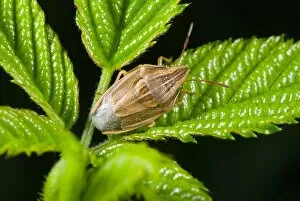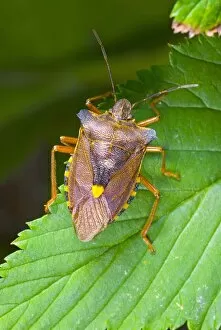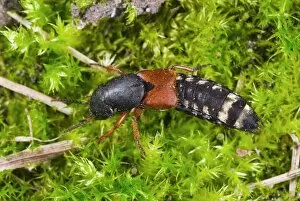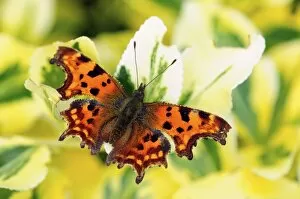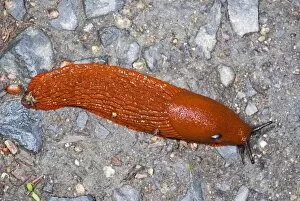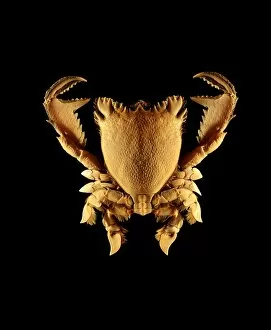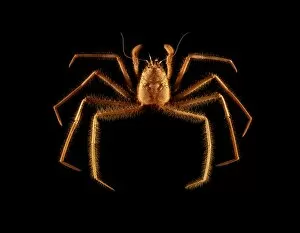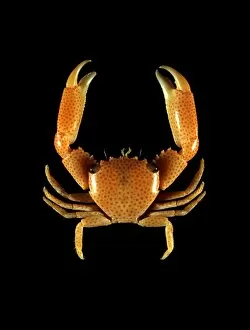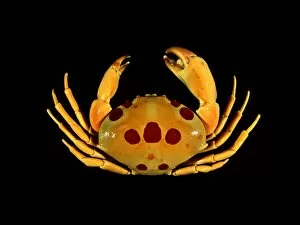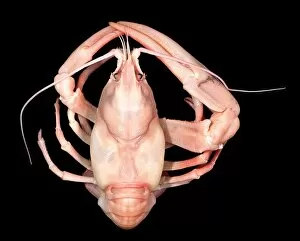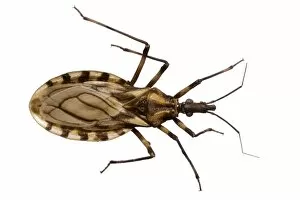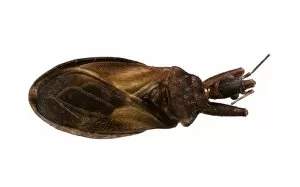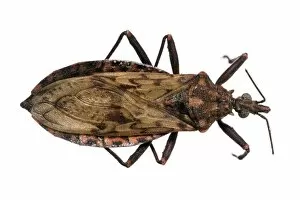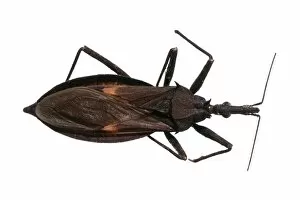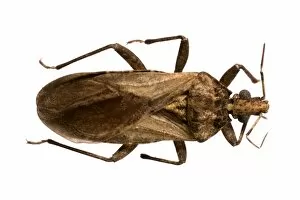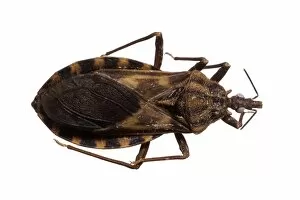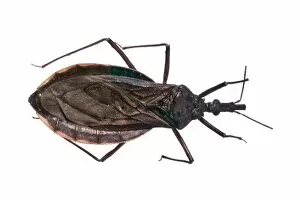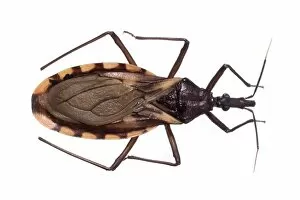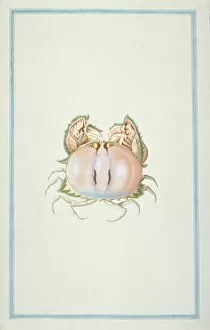Top View Collection (#41)
"Exploring the World from a Top View
For sale as Licensed Images
Choose your image, Select your licence and Download the media
"Exploring the World from a Top View: From Normal Brains to Ancient Footprints" Discovering the intricate workings of the human mind through top view perspectives of normal brains and MRI scans. Unveiling the nostalgic charm of history with a top view glimpse at the Puffing Devil locomotive, transformed into captivating artwork. Soaring above the bustling cityscape, witness an awe-inspiring aerial view of downtown skyline in Chicago, Illinois, USA. Immerse yourself in paradise as you gaze down upon Fiordo di Furore beach along Italy's enchanting Amalfi coast in Campania. Marvel at nature's artistry with a close-up look at a Hornet mimic hoverfly, showcasing its remarkable resemblance from a top view angle. Stand guard alongside Torre des Savinar defense tower while admiring Es Vedra island's majestic presence on Ibiza's horizon. Embark on an island adventure as you explore Es Vedra and Es Vedranell islands from above – two gems nestled within Spain's Balearic Islands. Behold the picturesque mountain village of Sirince in Turkey like never before – capturing its quaint beauty from an elevated top view perspective. Experience pure indulgence with hypo-allergenic soap that not only pampers your skin but also offers peace for sensitive souls seeking comfort from above. Lose yourself in architectural grandeur as you admire Granada's city skyline adorned by its magnificent Cathedral – an emblematic sight in Andalusia, Spain. Discover our ancient ancestors' footsteps preserved through time with a cast of Australopithecine or Homo habilis foot (OH8) - offering us insights into our evolutionary journey when viewed from above. Immerse yourself in Merano-Meran’s breathtaking landscapes located amidst Trentino Alto Adige-South Tyrol, Italy.




